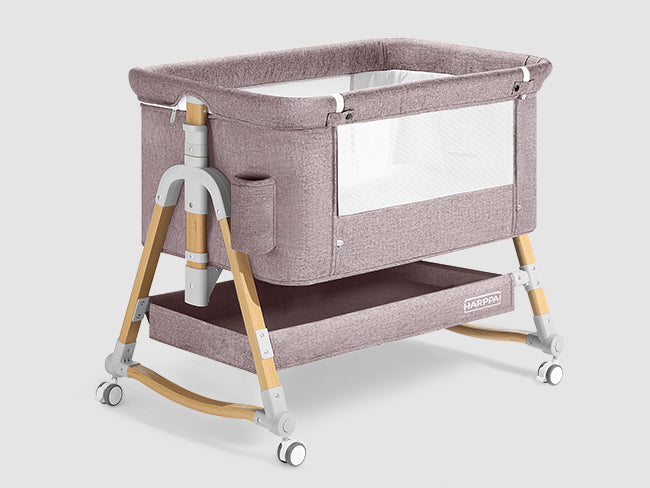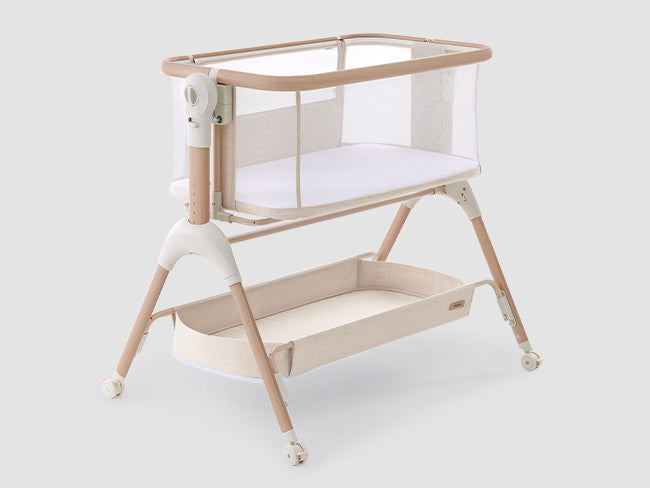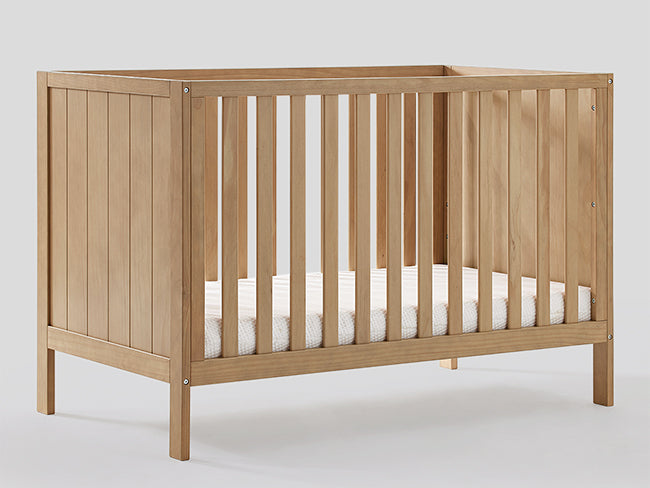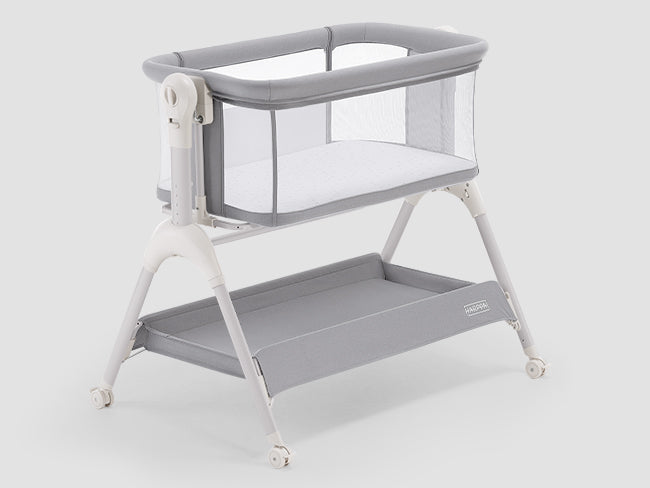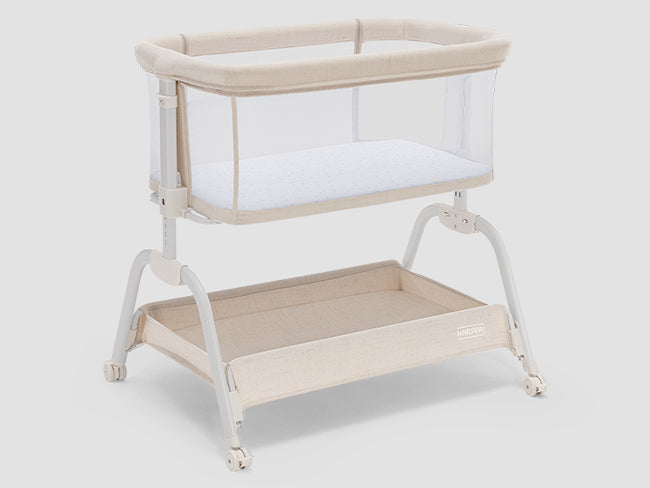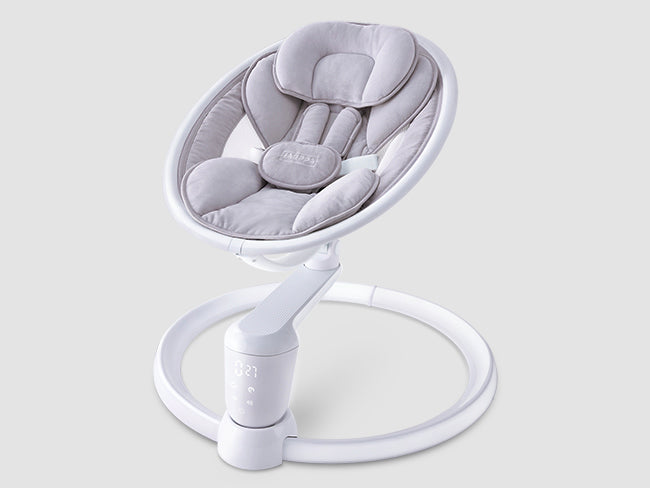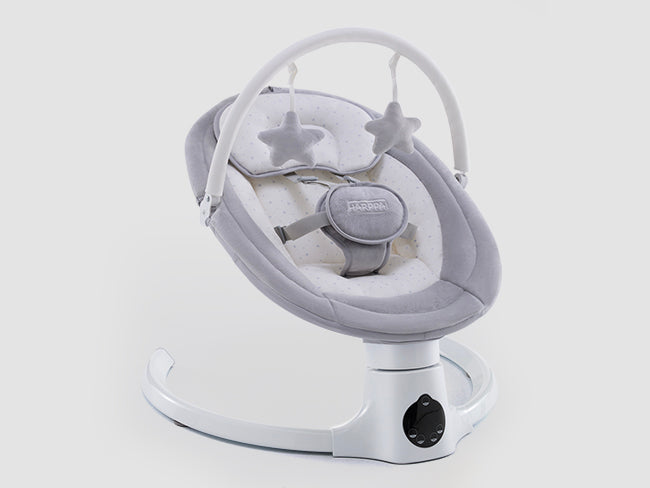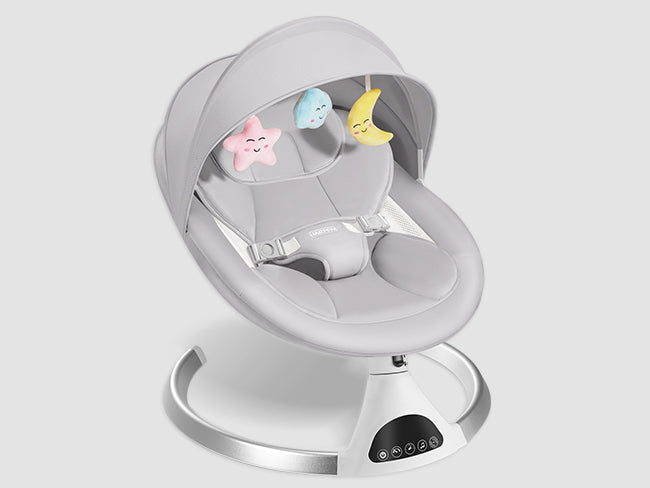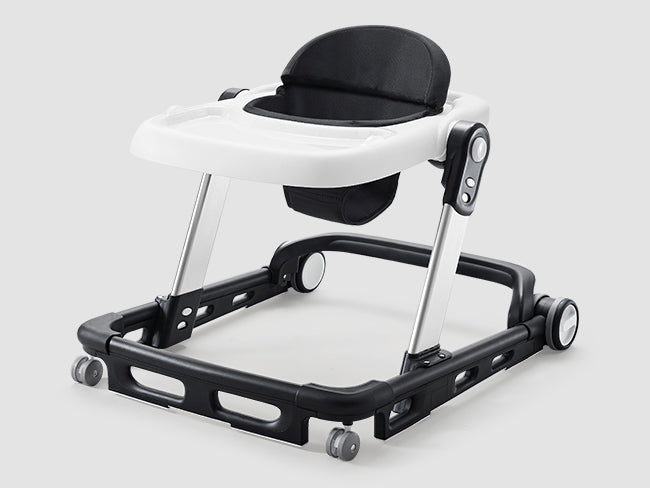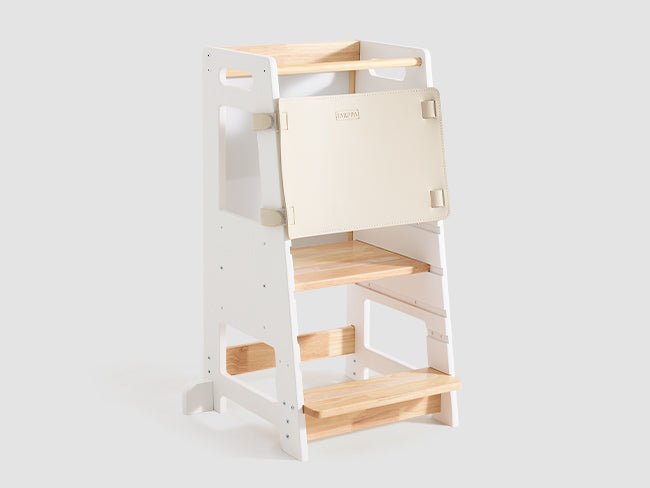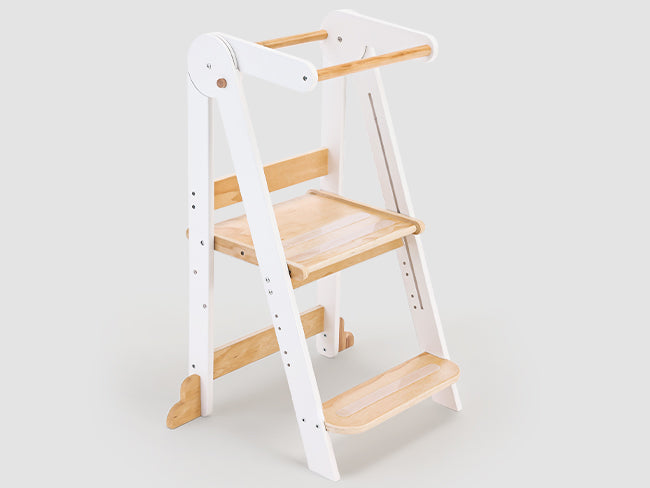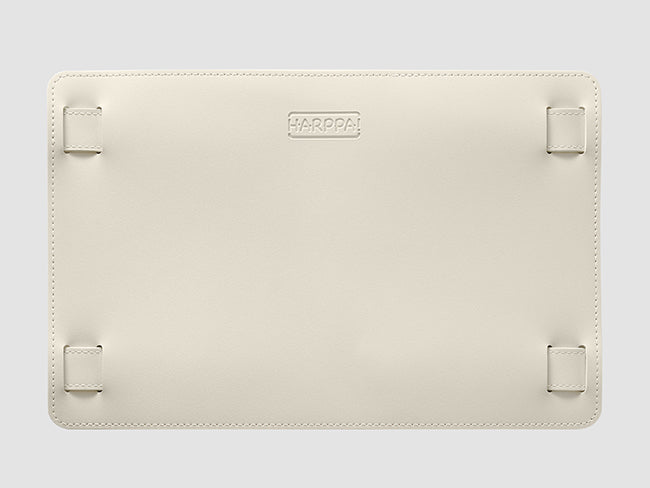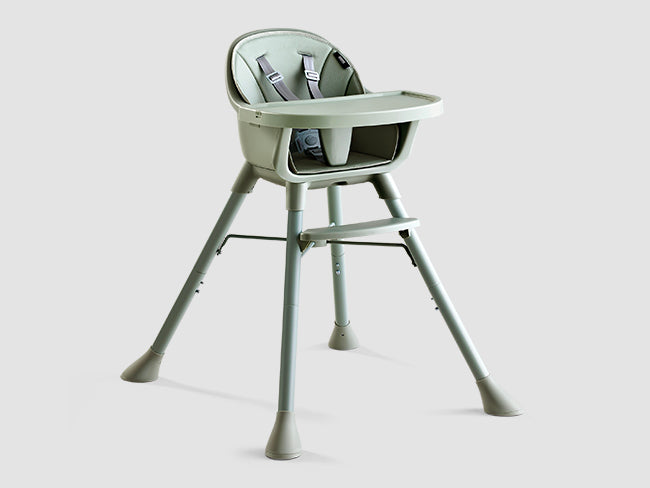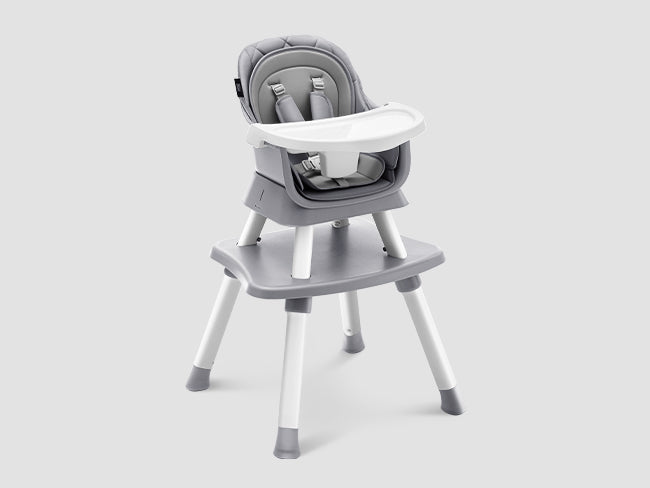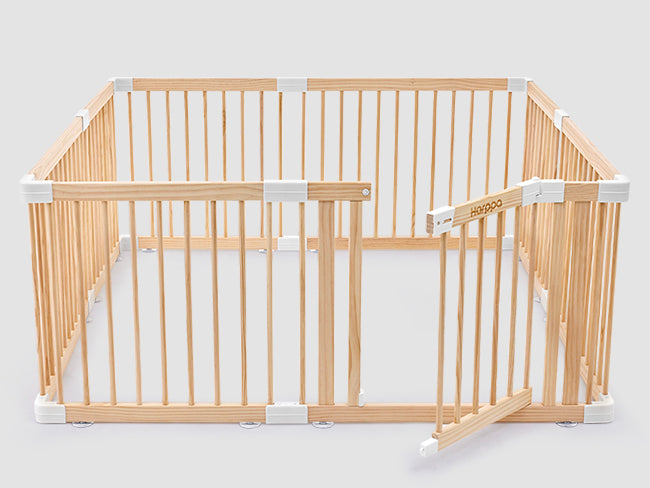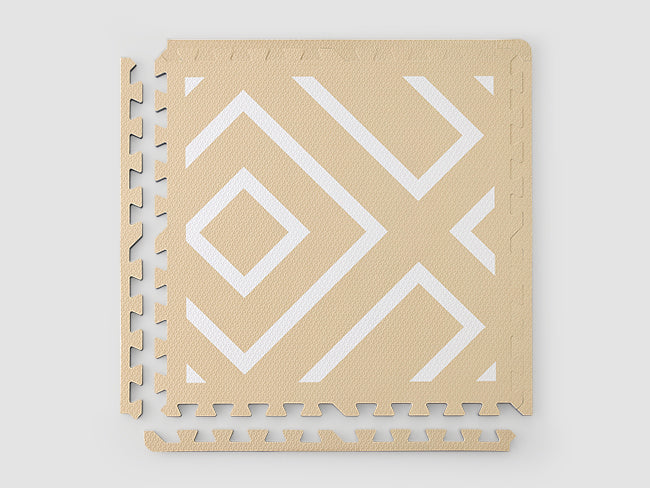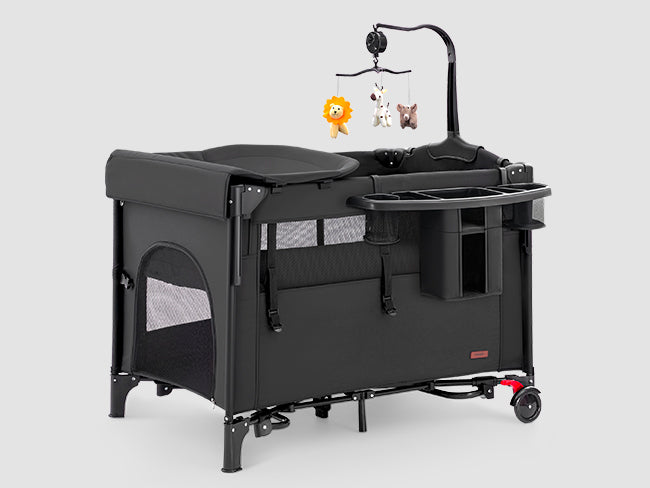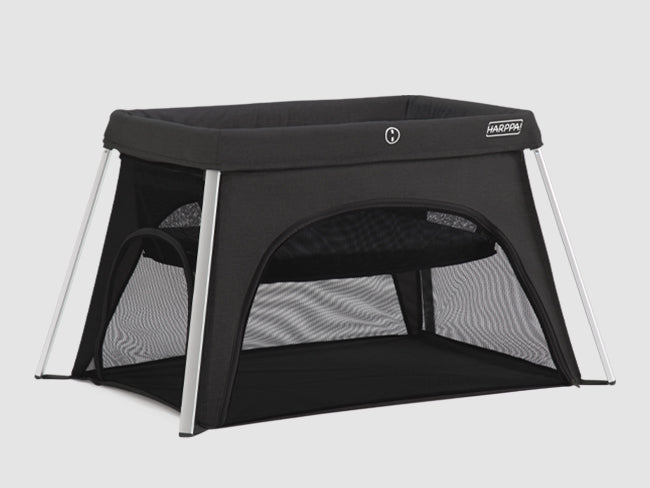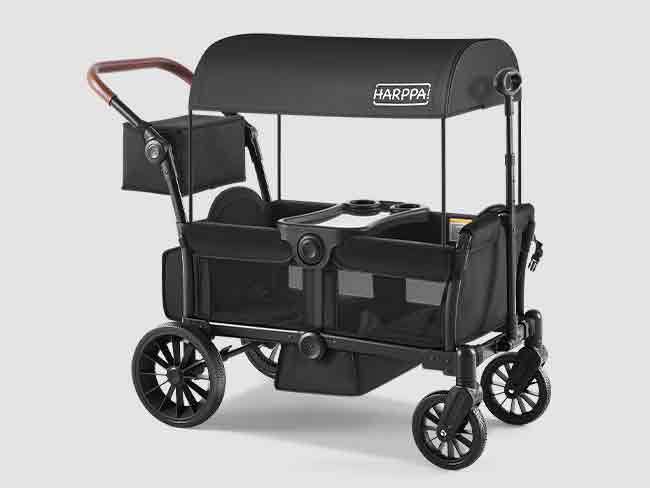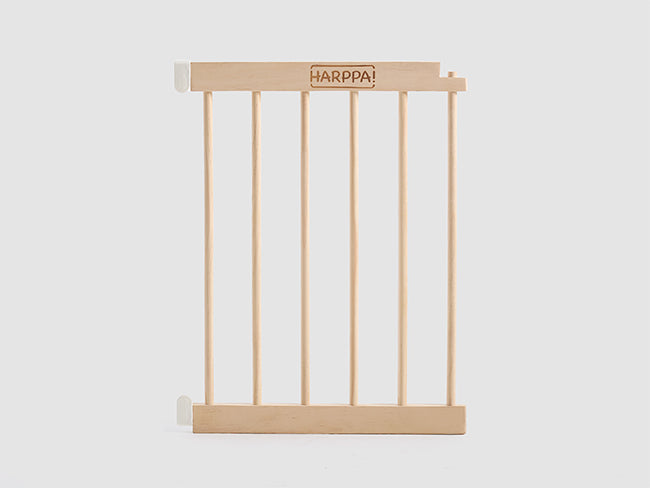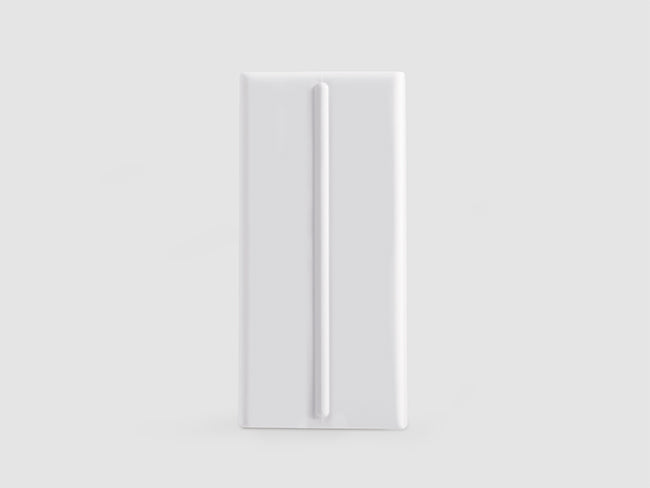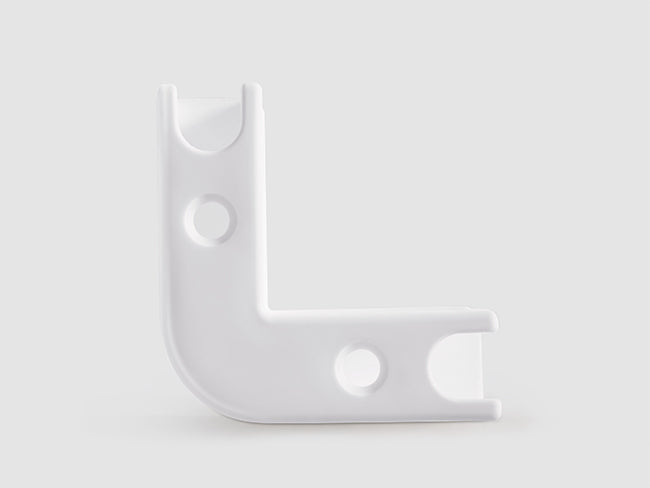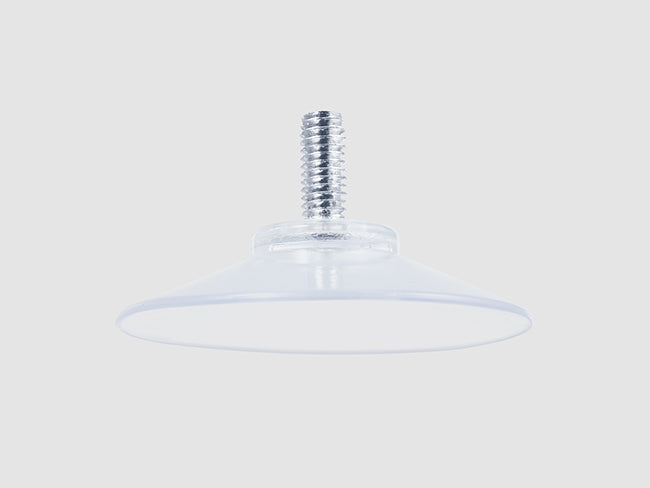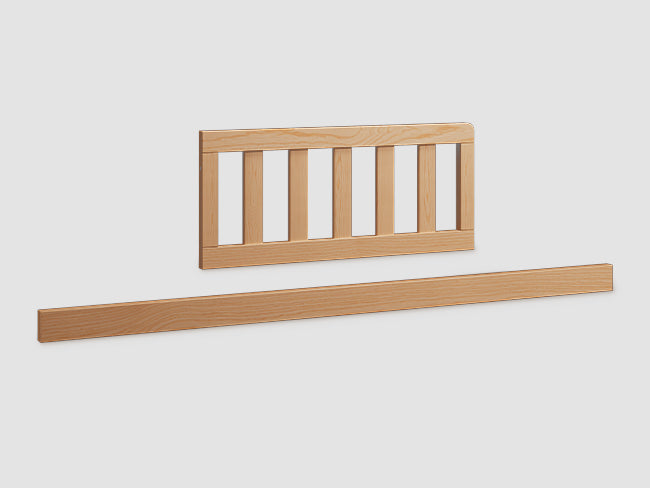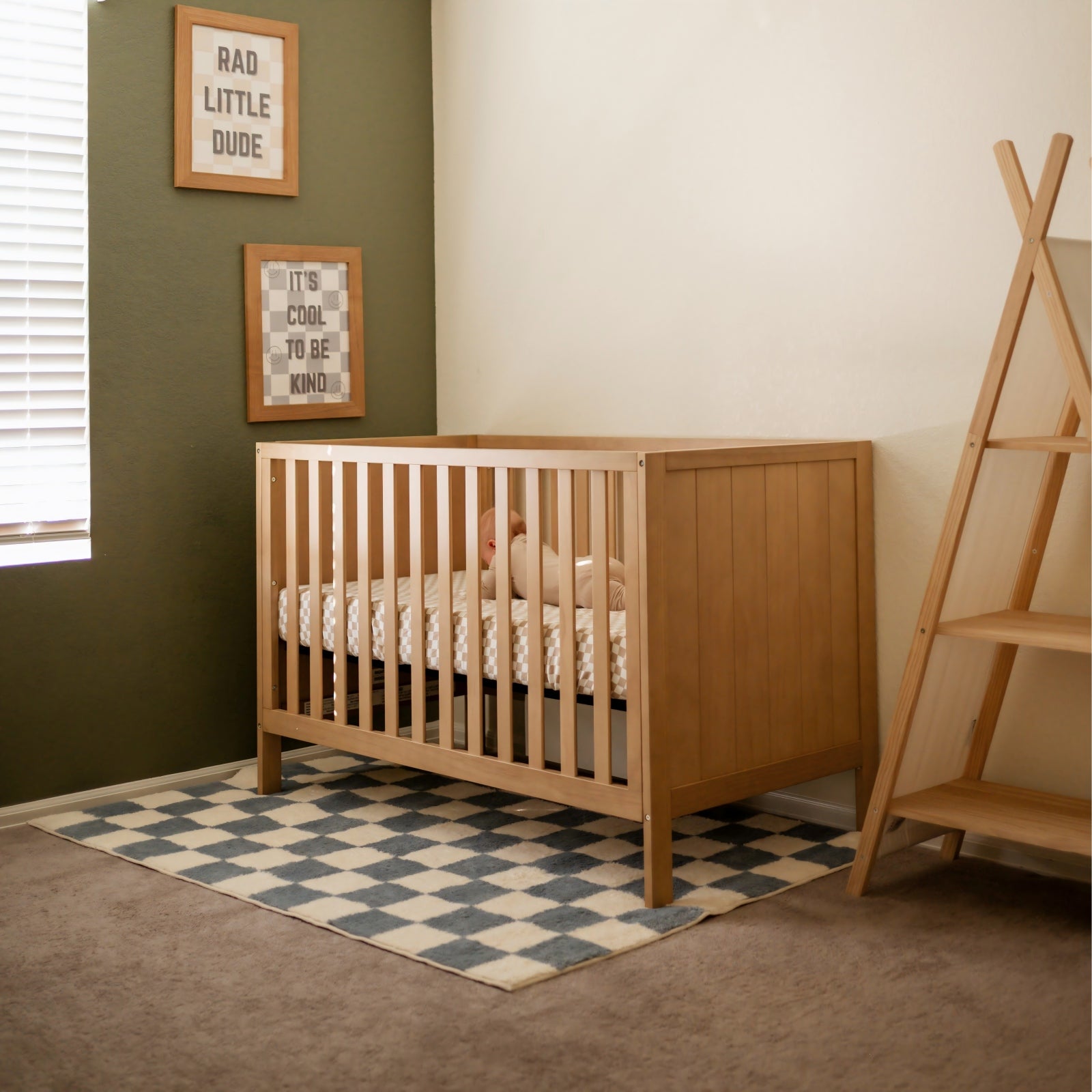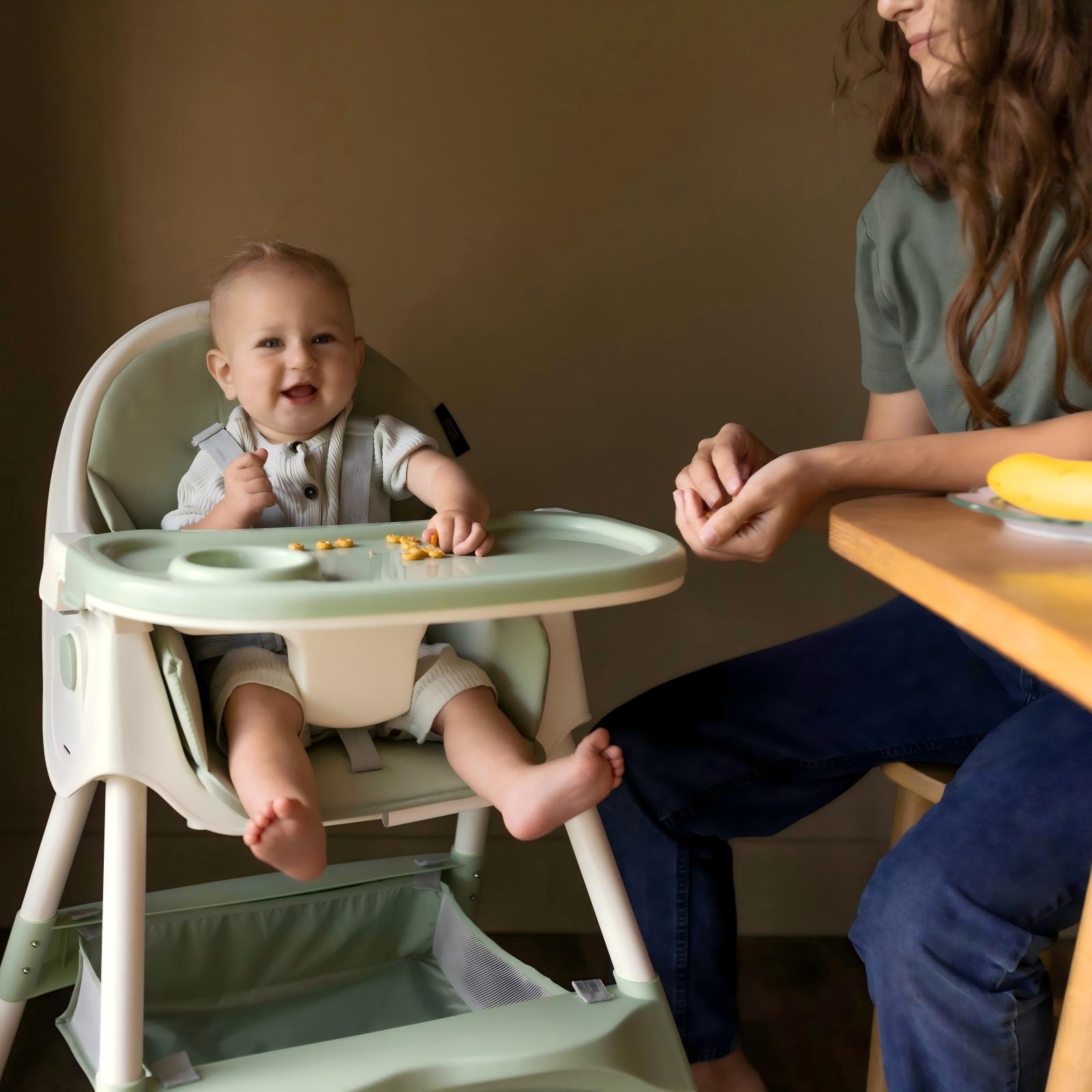When your little one begins to crawl, it’s a magical milestone—proof that they’re growing, curious, and ready to explore the world. But along with the joy comes new safety challenges. A crawling baby can get into places you never thought twice about before. Instead of waiting for accidents to happen, it’s best to prepare your home ahead of time, creating a safe space for exploration and peace of mind for parents.
1. Protect Outlets and Cords
Babies are naturally curious, and outlets or dangling cords can be irresistible to little hands.
-
Outlet covers: Install safety covers on all low outlets to prevent accidental shocks.
-
Cord management: Use cable organizers or boxes to keep cords out of reach and reduce tripping hazards.
2. Secure Your Furniture
As babies learn to crawl and pull up, furniture becomes both a support and a danger.
-
Corner protectors: Add soft bumpers to sharp edges on tables, TV stands, and other low furniture.
-
Anchor heavy items: Secure bookshelves, dressers, and TVs to the wall to prevent tipping if your baby tries to climb.
3. Make Floors Safe
Since most crawling happens on the floor, it’s important to make it as safe as possible.
-
Non-slip play mats: Lay down cushioned mats to soften falls and make crawling more comfortable.
-
Clear small objects: Keep coins, buttons, and tiny toy pieces off the floor to avoid choking hazards.
4. Block Off Kitchens and Bathrooms
Kitchens and bathrooms are full of potential dangers for little explorers.
-
Safety gates: Install gates at entrances to keep babies out of high-risk areas.
-
Cabinet locks: Use childproof locks on drawers and cupboards, especially where knives, cleaners, or medicines are stored.
5. Create a “Safe Play Zone”
Instead of constantly saying “no,” give your baby a space where they can freely explore.
-
Set up a small playpen or gated area with toys and soft mats.
-
This dedicated corner helps your baby learn independence while you supervise nearby with ease.
6. A Quick Parent Safety Checklist
Use this simple list to make sure your home is ready for a crawler:
-
Are outlets and cords covered?
-
Is furniture stable and secured?
-
Is the floor clear of hazards?
-
Are the kitchen and bathroom blocked off?
-
Does your baby have a safe area to explore?
Final Thoughts
Your baby’s development can feel like it happens overnight—today they’re rolling, tomorrow they’re crawling across the room. By preparing your home in advance, you can create a safe environment that encourages curiosity without worry. Baby-proofing isn’t about limiting freedom; it’s about building a space where your little one can grow, play, and discover the world safely.

